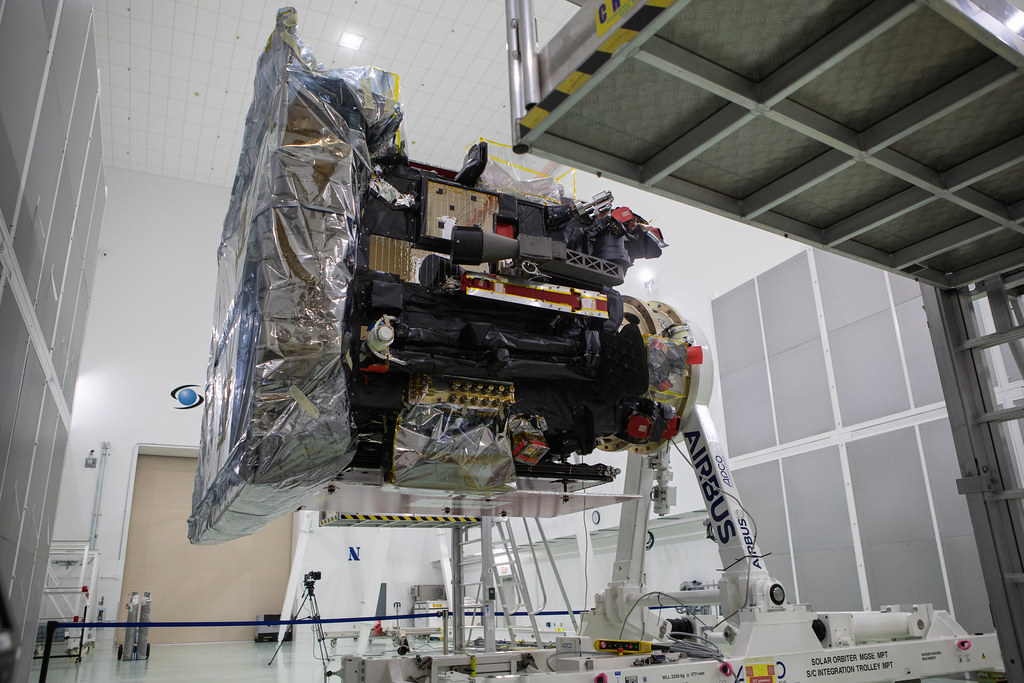Trinity astrophysicists have joined an international group in an effort to obtain the first ever images of the uncharted polar regions of the sun.
Previously, we have been able to collect data, such as temperature, from the sun’s polar regions thanks to NASA’s Ulysses space probe. The Ulysses probe was launched in 1990 and since then it has made three “fast latitude scans” of the sun. Ulysses’ principal findings evidence of a weakening of the solar wind over time. Data obtained using Ulysses also indicated that the sun’s magnetic field reverses its direction approximately every 11 years. Data collected by the probe also lead to the discovery that the sun’s poles experience a much weaker magnetic field than previously thought. Until now, this was the limit to measurements we could take.
“The Solar Orbiter will track solar eruptions from the sun’s surface and observe them as they travel towards Earth”
A recent project by the European Space Agency’s (ESA) has brought about the successful launch of their Solar Orbiter spacecraft. The craft launched on February 10th, 2020 and will “perform close-up observations of the Sun from high-latitudes to better investigate the Sun-Earth connection”. The 672 million dollar spacecraft will act as a mobile laboratory, making use of its ten complex instruments to take measurements of our star. As well as taking the first detailed images of our sun’s most extreme points, the Solar Orbiter will track solar eruptions from the sun’s surface and observe them as they travel towards Earth.
The heliosphere is a giant bubble-like formation surrounding and caused by the sun. It protects Earth from powerful stellar radiation called cosmic rays. There is a continuous stream of solar energy flowing throughout the solar system, known as the solar wind. Every so often, coronal mass ejections (CME) can travel through this solar wind. CMEs are enormous ejections of plasma and accompanying magnetic fields from the solar surface. They can cause disruptions to our technologies here on Earth, such as communications systems and electrical grids. These CMEs are of particular interest to many astrophysicists and tracking their progress through space could give insight into the impact that solar effects are enacting throughout the solar system.
The team at Trinity, alongside Professor Peter Gallagher from the Dublin Institute for Advanced Studies (DIAS), has played a key role in developing the software that will process and analyse the data collected by the solar orbiter on its journey. Dr. Shane Maloney, a research fellow at the School of Physics, said: “Our involvement is primarily in developing software for the Spectrometer / Telescope for Imaging X-rays (STIX) instrument, which is onboard the Solar Orbiter. In particular, we are working on the ground software that will process the data from the spacecraft, and providing the analysis software that we and the other scientists will subsequently use to analyse the STIX data. We will also be involved in commission and calibration activities, which are scheduled to begin very soon, in late March.” Dr. Maloney continued: “It is fantastic for us to be involved in the Solar Orbiter mission, which aims to make significant breakthroughs in our understanding both of how the Sun’s heliosphere works, and of the effects of solar activity on it.”
The Solar Orbiter will take approximately three and a half years to make it to its ‘operational orbit’, at which it can begin to take detailed measurements of the sun. The mission should last approximately seven years, approaching the sun closely every six months. Ireland’s membership of the ESA is funded by the Government through the Department of Business, Enterprise & Innovation, and enables Irish industry and research institutes to participate in the development of technologies for ESA missions such as Solar Orbiter.






